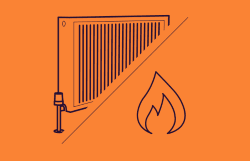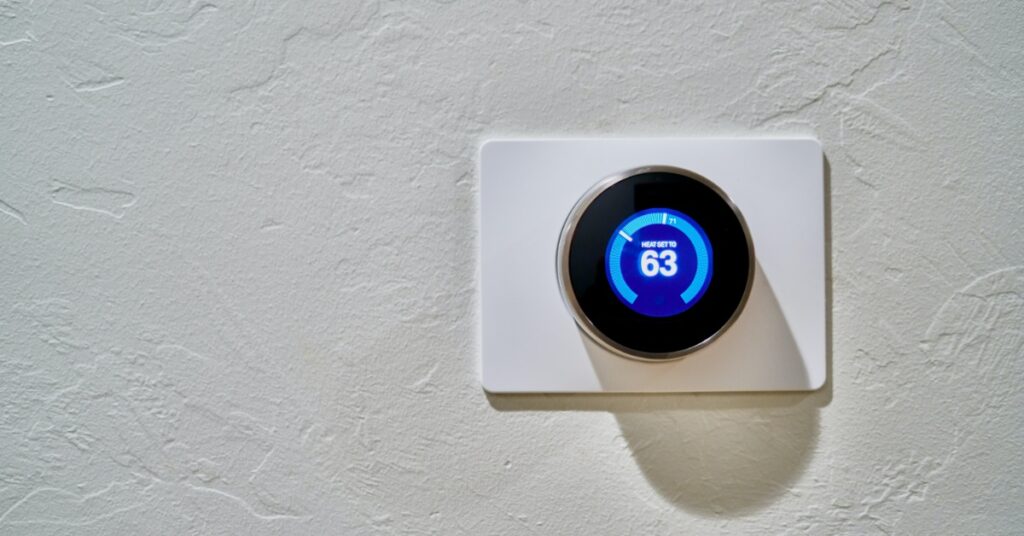Smart devices, also known as internet of things (IoT) devices, are increasingly becoming a staple in households around the world. These devices, such as smart thermostats, smart speakers, and smart lighting, offer greater convenience and control over everyday tasks, but they also come with a cost: energy consumption. In this blog post, we will explore how much energy smart devices use and the impact they have on overall energy consumption.
Understanding the Energy Consumption of Smart Devices
Smart devices use a variety of energy sources, including electricity and batteries. The amount of energy used by a smart device depends on a variety of factors, including the type of device, how often it is used, and the settings configured by the user. Here are some common smart devices and their average energy consumption:
-
Smart Thermostats: According to the U.S. Department of Energy, a typical smart thermostat uses between 3 and 9 watts of power when actively heating or cooling a room. However, smart thermostats also have energy-saving features that can significantly reduce energy consumption.
-
Smart Lighting: Smart light bulbs use between 4 and 11 watts of power, depending on the brightness and color temperature settings. However, smart lighting systems can also be programmed to turn off when not in use or to adjust brightness levels based on ambient lighting conditions.
-
Smart Speakers: The energy consumption of smart speakers varies widely depending on the brand and model. According to a study by the Electric Power Research Institute, an Amazon Echo device uses approximately 2.8 watts when idle and up to 3.7 watts when actively playing music.
-
Smart Plugs: Smart plugs use between 1 and 2 watts of power when on standby mode and up to 15 watts when actively powering a device.
What Smart Home Devices Save Energy?
Smartphones and Tablets
Smartphones and tablets are among the most commonly used smart devices, and they are also some of the most energy-efficient. According to a study by the Natural Resources Defense Council (NRDC), the average smartphone uses around 3.5 watts of power, while tablets use between 5 and 15 watts. To put this into perspective, a 60-watt light bulb uses approximately 20 times more power than a smartphone.
One way to reduce the energy consumption of your smartphone or tablet is to adjust the screen brightness. The brighter the screen, the more energy it will consume. You can also turn off unused features like Wi-Fi, Bluetooth, and location services when you don’t need them. And if you’re not using your device, consider putting it into sleep mode or turning it off altogether.
Smart TVs
Smart TVs are becoming increasingly popular, and they can consume quite a bit of energy. According to the NRDC, the average 42-inch LED TV uses around 80 watts of power, while larger models can use up to 200 watts. And if you’re streaming content through your smart TV, that can add another 50 to 100 watts of power consumption.
To reduce the energy consumption of your smart TV, you can adjust the picture settings to reduce the brightness and contrast. You can also turn off the TV’s energy-saving features, which can lower the brightness and picture quality. And if you’re not using your TV, make sure to turn it off completely.
Smart Home Assistants
Smart home assistants like Amazon Echo and Google Home have become popular additions to many homes. These devices are always listening for your voice commands, and they can consume energy even when they’re not actively being used. According to the NRDC, a smart home assistant can use between 1 and 3 watts of power when it’s not in use, and up to 4 watts when it’s actively listening.
To reduce the energy consumption of your smart home assistant, you can turn off the microphone when you’re not using it. Some devices also have a sleep mode or low-power mode that you can activate to reduce energy consumption. And if you’re not using the device for an extended period of time, consider unplugging it altogether.
Smart Thermostats
Smart thermostats are designed to help you save energy by automatically adjusting the temperature in your home based on your preferences and schedule. According to the NRDC, a smart thermostat can save you up to 10% on your heating and cooling costs. However, these devices do consume energy, and the amount can vary depending on the model.
To reduce the energy consumption of your smart thermostat, you can adjust the settings to reduce the frequency of temperature adjustments. You can also set the device to turn off when you’re not at home or when you’re asleep. And if you’re not using the device, make sure to turn it off completely.
How to Reduce Energy Consumption of Smart Devices
To reduce the energy consumption of smart devices, there are several steps users can take:
-
Choose Energy-Efficient Devices: When selecting smart devices, choose those that are certified as energy-efficient by organizations such as ENERGY STAR.
-
Program Devices to Reduce Energy Waste: Use the energy-saving features of smart devices, such as programmable thermostats and smart lighting systems, to reduce energy waste.
-
Monitor Energy Usage: Use energy monitoring tools, such as smart home energy monitors, to track energy usage and identify areas for improvement.
-
Unplug Devices When Not in Use: Unplug smart devices when not in use to reduce standby power consumption.
The Role of Smart Devices in Energy Efficiency and Sustainability
Smart devices have the potential to play a significant role in improving energy efficiency and sustainability. By enabling users to monitor and control their energy usage, smart devices can help reduce energy waste and lower overall energy consumption. Smart devices can also facilitate the use of renewable energy sources, such as solar and wind power, by allowing users to monitor and adjust their energy usage in real-time based on the availability of renewable energy.
What is a smart plug?
A smart plug is a device that can be plugged into a traditional electrical outlet, allowing you to control the power to any device that’s plugged into it through your smartphone or voice assistants like Alexa or Google Assistant. Smart plugs are easy to set up and use, making them a convenient tool for home automation and energy management.
With a smart plug, you can turn on or off your devices remotely, schedule their operation, and monitor energy consumption and reduce energy bills. Smart plugs save energy and some brands don’t use as much power as others, making them more energy efficient. This helps to lower energy costs, save electricity and reduces the need to waste energy.
How much energy does a smart plug save?
The amount of energy a smart plug can save depends on how it’s used. Smart plugs can help reduce energy waste by allowing you to turn off devices that are not in use, even when you’re not at home. This can include things like TVs, game consoles, and chargers. By using a smart plug to cut power to these devices when they’re not needed, you can reduce standby power consumption and lower your electricity bills.
Where to find the best smart plugs?
When it comes to finding the best smart plugs, there are many options available. The Amazon Smart Plug and the Kasa Smart Plug by TP-Link are both affordable options. The Amazon SMart Plug that works seamlessly with Alexa for voice control. The Kasa Smart Plug is another highly-rated option that offers energy monitoring and scheduling features.
What is smart lighting?
Smart lighting is a convenient and energy-efficient way to control your home lighting. It allows you to control your lights remotely using a smartphone app, voice commands, or even automated schedules. With smart lighting, you can easily adjust the brightness and color of your lights to suit your mood or activities, and even create custom lighting scenes for different occasions.
The popular Philips Hue and LIFX brands are two we recommend. Philips Hue offers a wide range of smart bulbs and fixtures that can be controlled with their app or voice commands through Alexa or Google Assistant. LIFX is another highly-rated brand that offers smart bulbs with adjustable colors and brightness levels.




